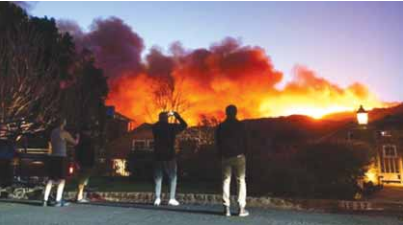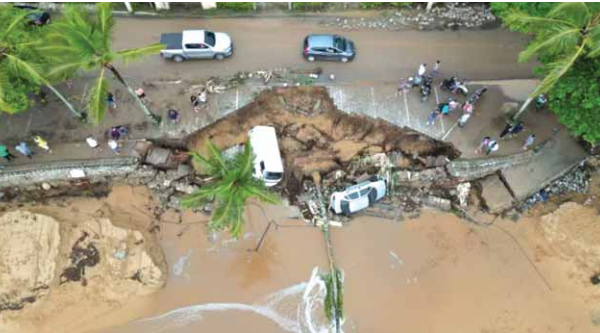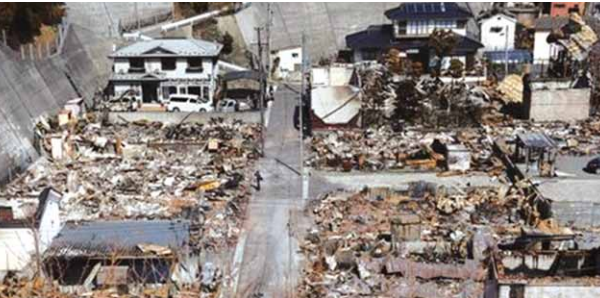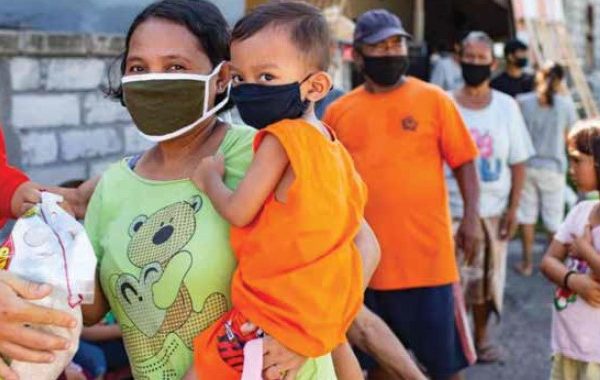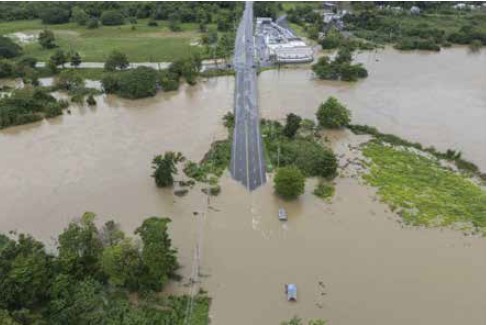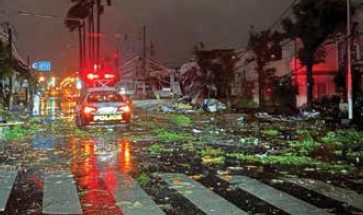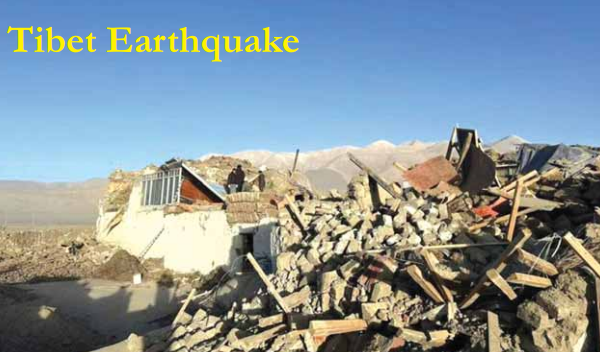
Tibet Earthquake
January 7: A magnitude 7.1 earthquake struck near Shigatse city in Tibet, resulting in at least 95 deaths and 130 injuries. The quake caused extensive damage to over 1,000 houses and affected approximately 62,000 residents. Tremors were felt as far as Nepal’s capital, Kathmandu, and the Indian state of Bihar. On January 7, 2025, at…


